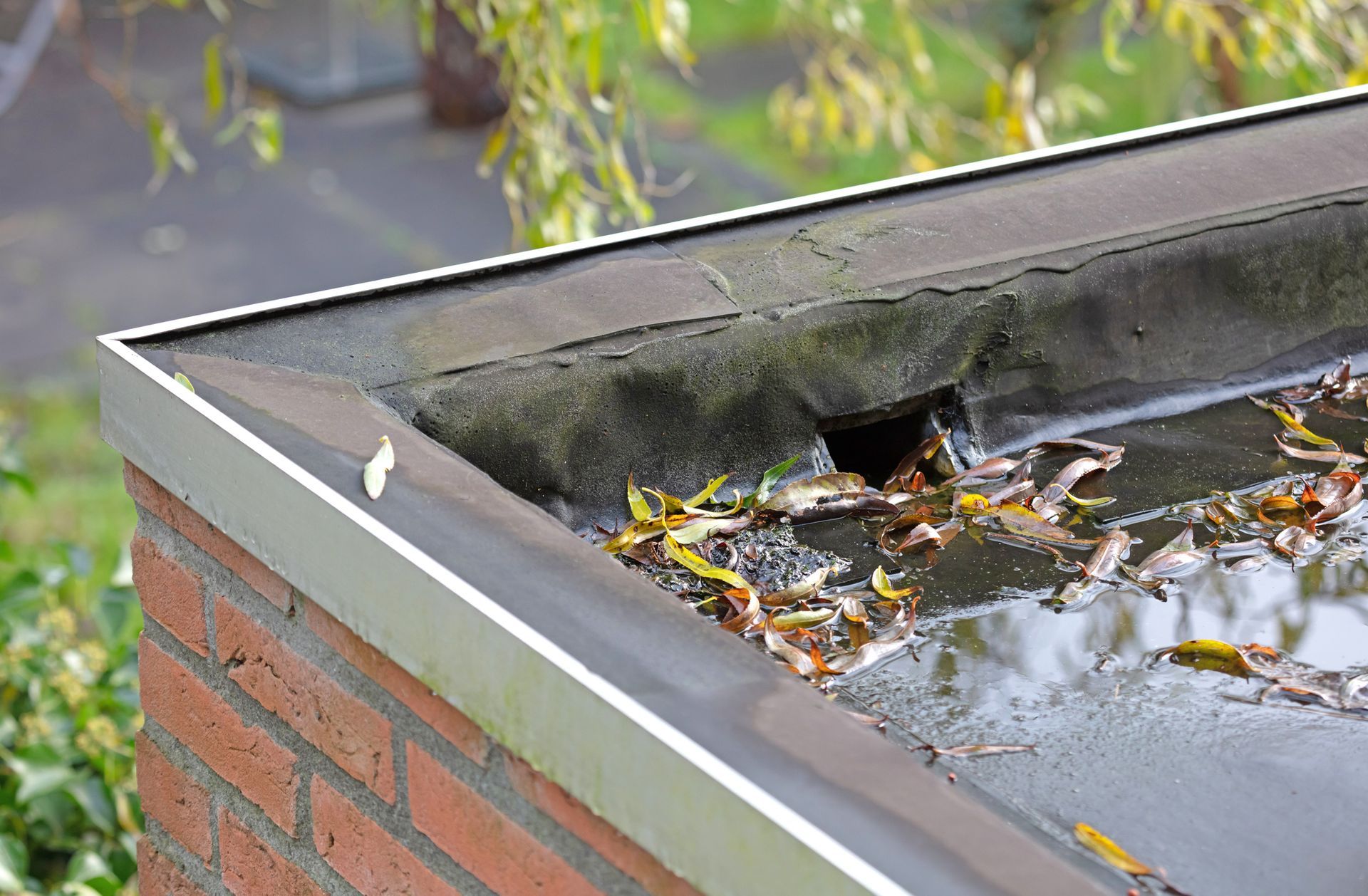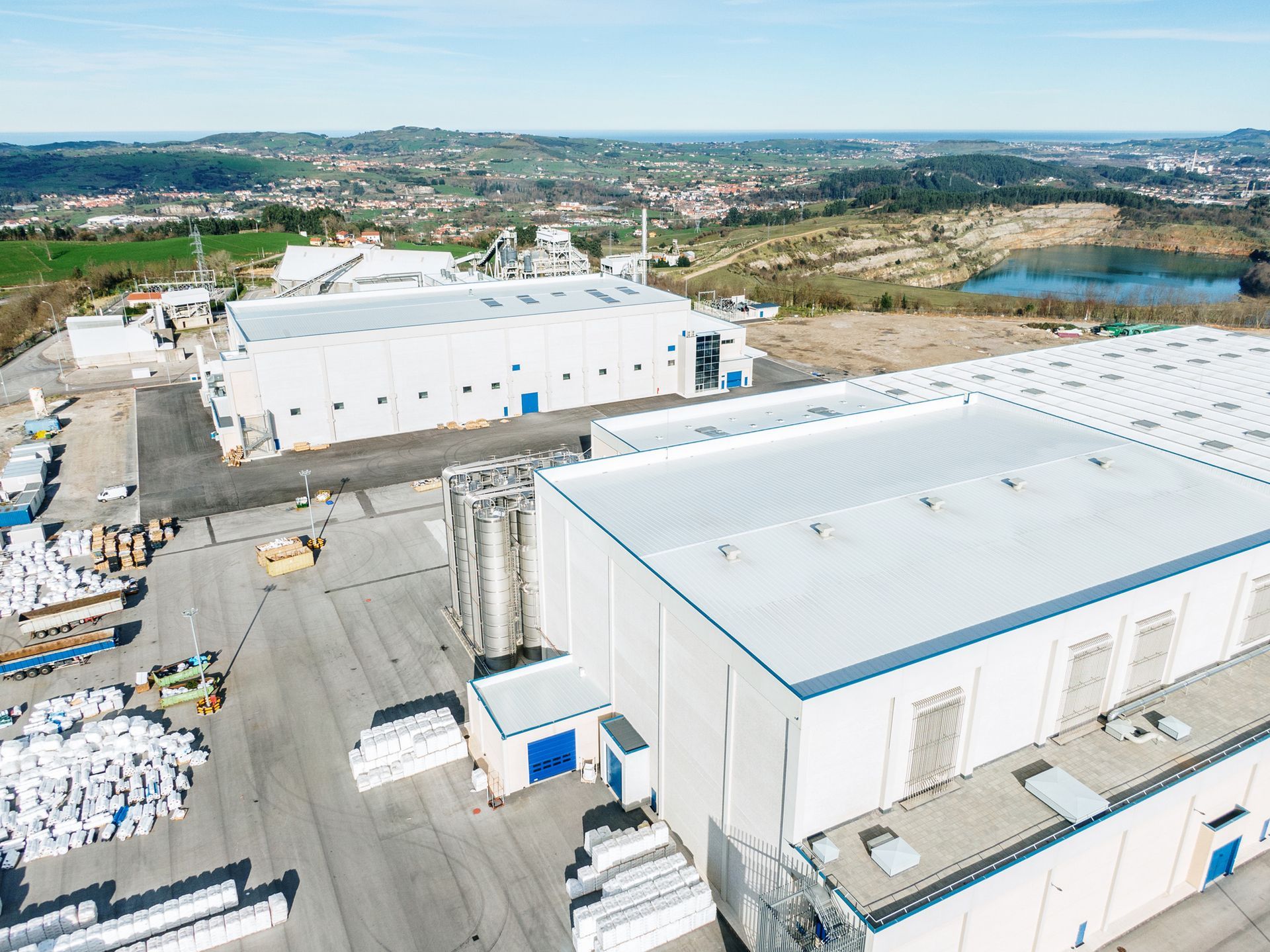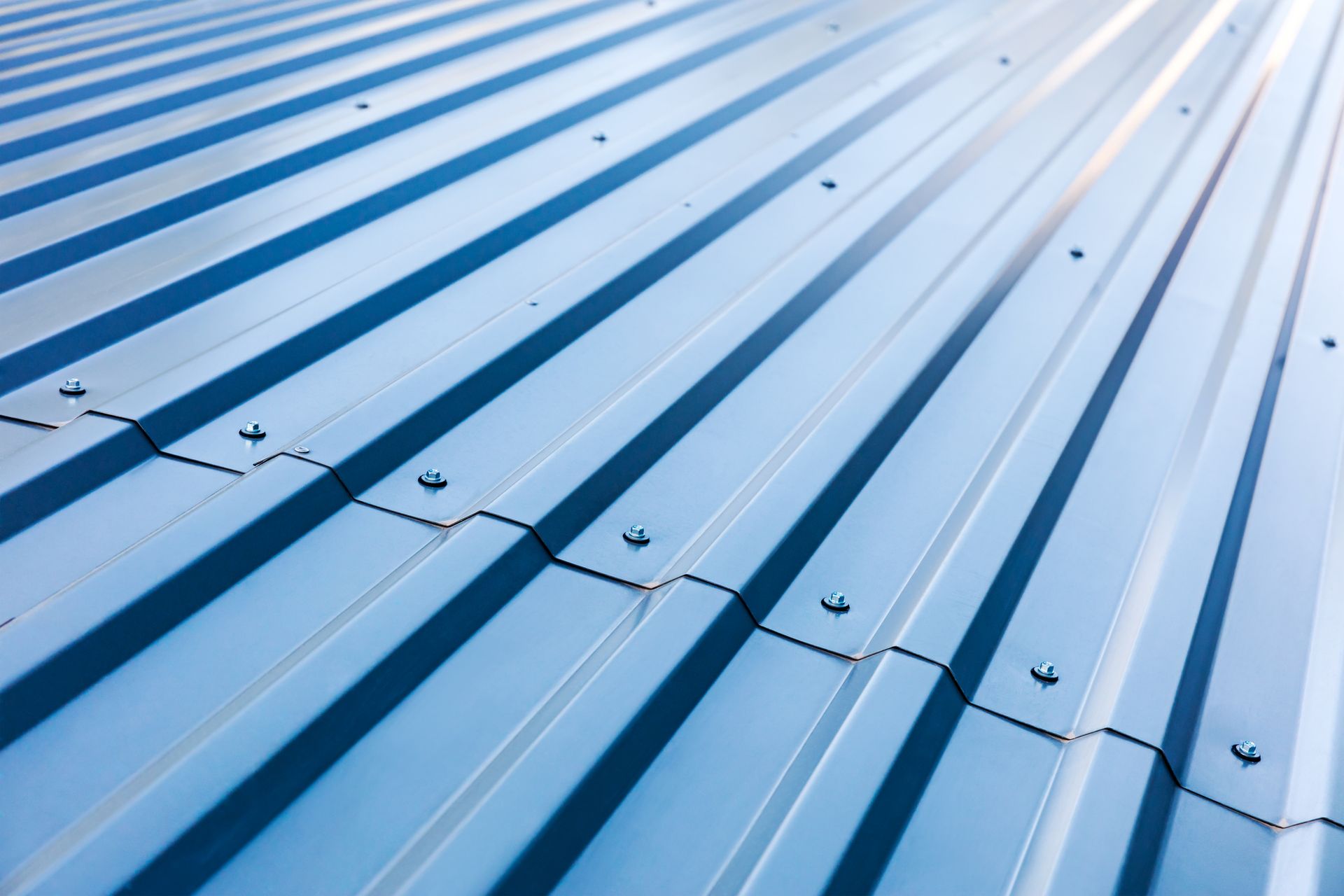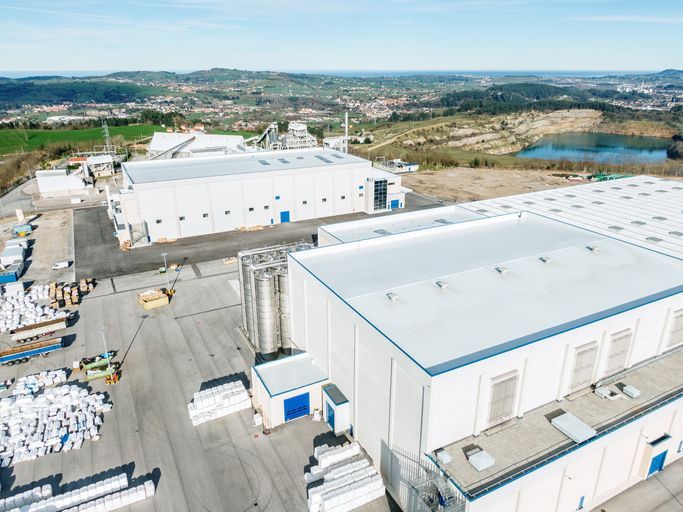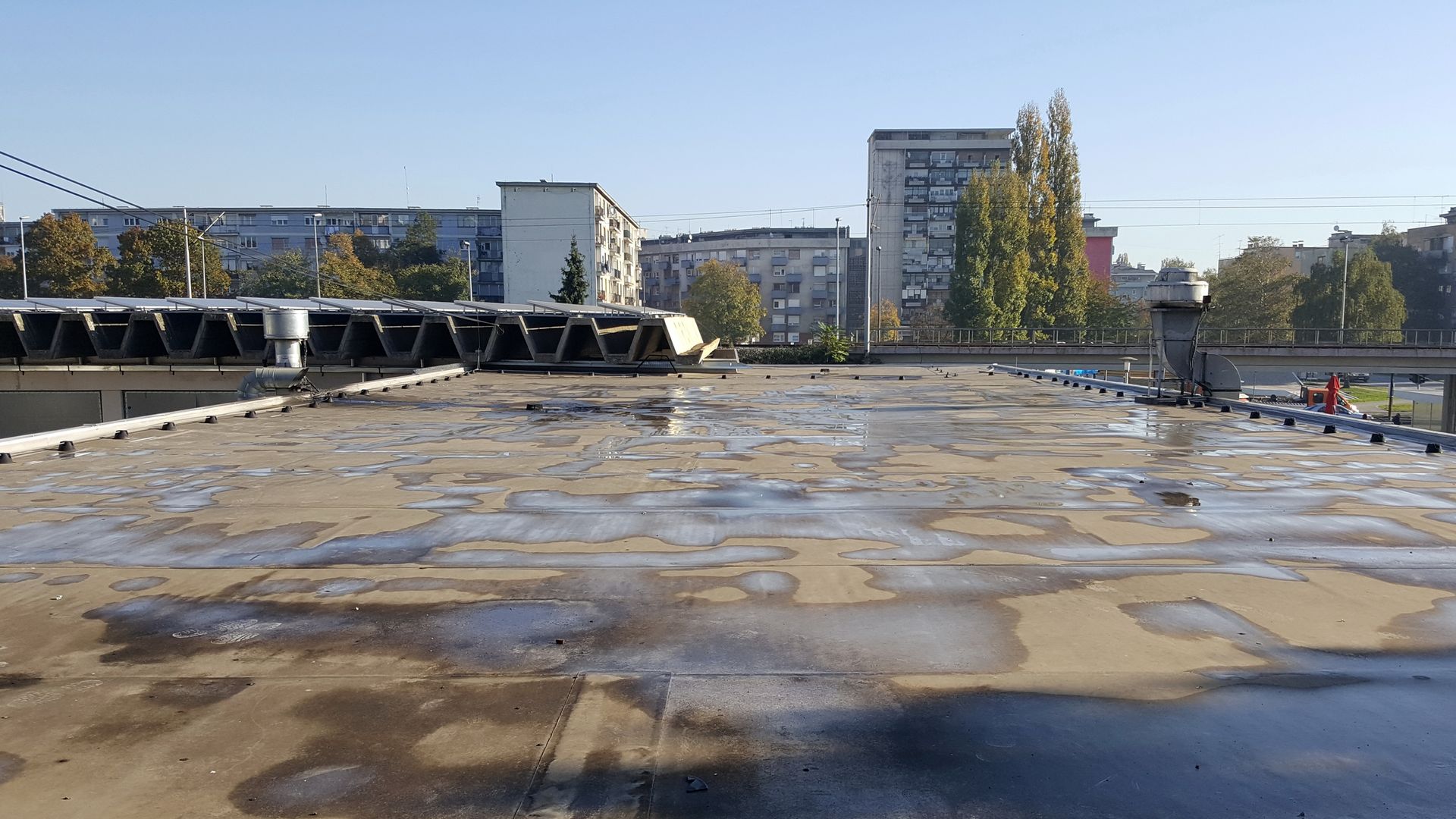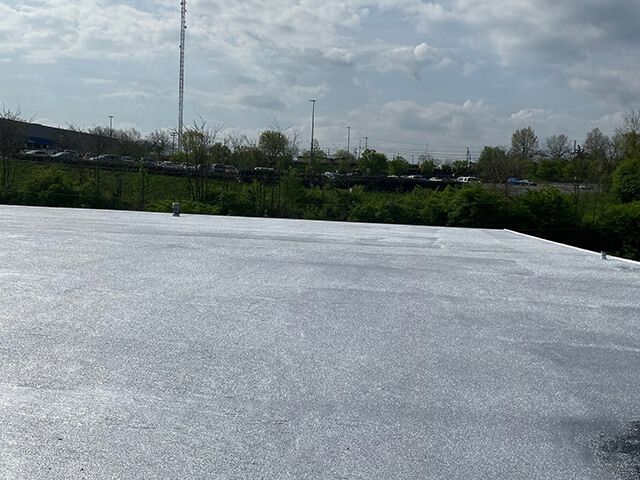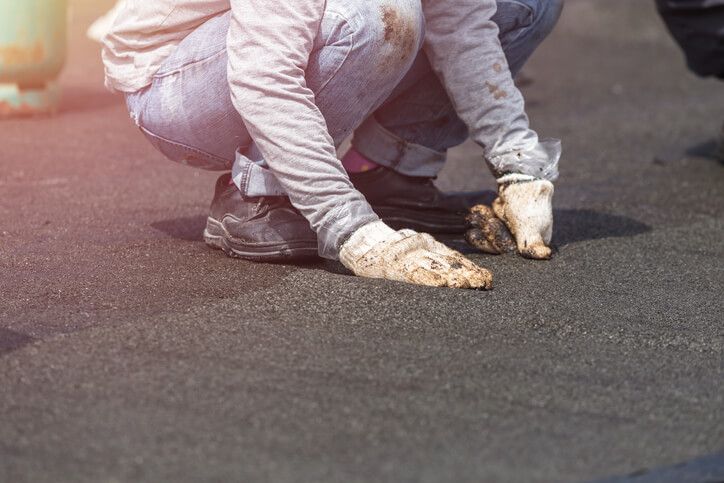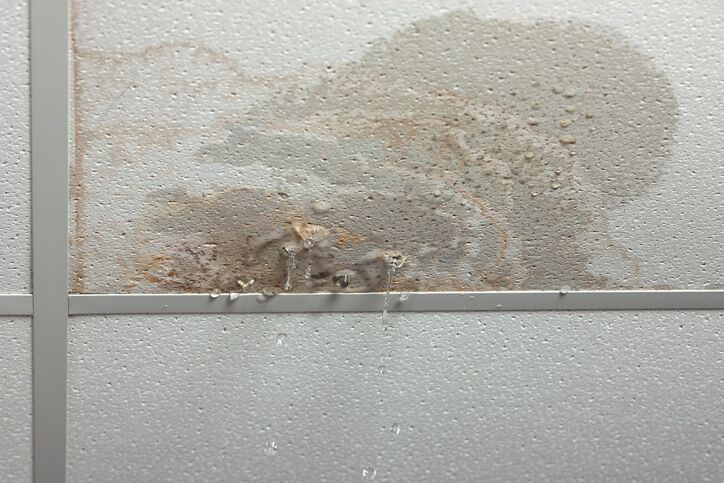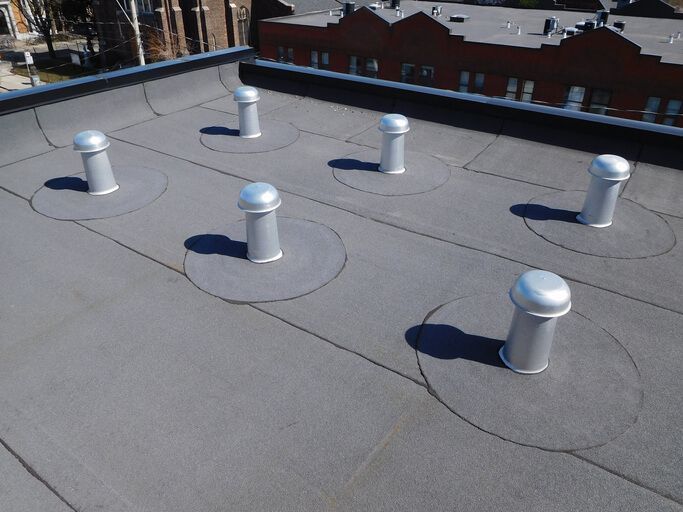Checking for Winter Damage to Commercial Roofing
With springtime in full swing for many areas across the U.S., it is a time of warm weather and blooming trees and flowers. It is also a time where your commercial roof may experience thermal shock due to drastic temperature fluctuations.
How do Temperature Fluctuations Cause Damage?
The damage caused by thermal shock depends on the age of the roof. When temperatures fluctuate, it causes the roof to contract and expand, leading to cracks and other damage. When you have a newer commercial roof, it will likely withstand the effects of the temperature changes. Older roofs tend to begin losing their elasticity and flexibility, making them more vulnerable to temperature changes.
As the winter snow and ice thaws and refreezes throughout the season, it can result in roof damage. Water seeps into the small splits or tears in the roof membrane, and as it freezes and expands, it worsens the tears and splits. This can result in roof leaks, leading to damage to your commercial building’s interior, and equipment and inventory can also become damaged. Roof leaks also increase the chance of a roof collapse, putting your employees in danger.
Why is a Professional Roof Inspection Important?
It is crucial to have your roof professionally inspected. A commercial roof contractor should inspect your roof twice a year to determine the extent of the damage caused by the freeze/thaw cycle of the changing seasons. The best times for inspection are once in the fall and once in the spring to ensure your roof is in good condition.
With regular professional inspections, you can save yourself time and money by catching roofing issues before they cause significant leaks or a collapse.
Preventative Maintenance to Protect Your Roof
In between roof inspections, you can take various steps to help keep your roof in great shape, including:
- Check for holes in the roof and growing vegetation on the roof
- Look for missing metal or coping flashing
- Prevent blocked drains by removing leaves and other debris from the roof
- Utilize walkways when on the roof
- Do not drag equipment across the roof
Caring for your roof, along with regular inspections, can extend the life of your roof and prevent costly repairs.
Roof Replacement with the Advantage Systems Commercial Roofing System
If you are looking to replace your roof with a more durable system that can withstand the elements, look no further than the Advantage Systems Roofing System. Our commercial roofing system remains flexible to the roofing structure’s movement and can handle the temperature changes that cause expansion and contraction.
This flexibility also provides our roofing system with a self-flashing feature, meaning it can form seamlessly around circular items and 90-degree angles without the need for cutting or gluing. This avoids weak points in the roof and prevents creating vulnerable spots where water could get in.
Contact us
today to learn more about our advanced roofing technology.
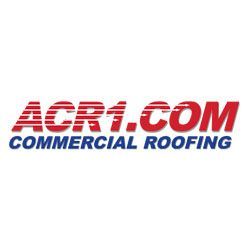
Author:
Floyd Mason
Born and raised in farming in Iowa
Worked in and around construction since 1977
BS in Corporate Finance and Financial & Estate Planning from Brigham Young University. Involved in Boy Scouts of America for more than 35 years, Scoutmaster 15 years Estimator, Project Manager, Sales Representative, Crew Leader, Laborer, Territory Manager, District Manager, Regional Manager, National Sales Manager,
ACR1.COM Sales & Marketing Manager since 2013.
